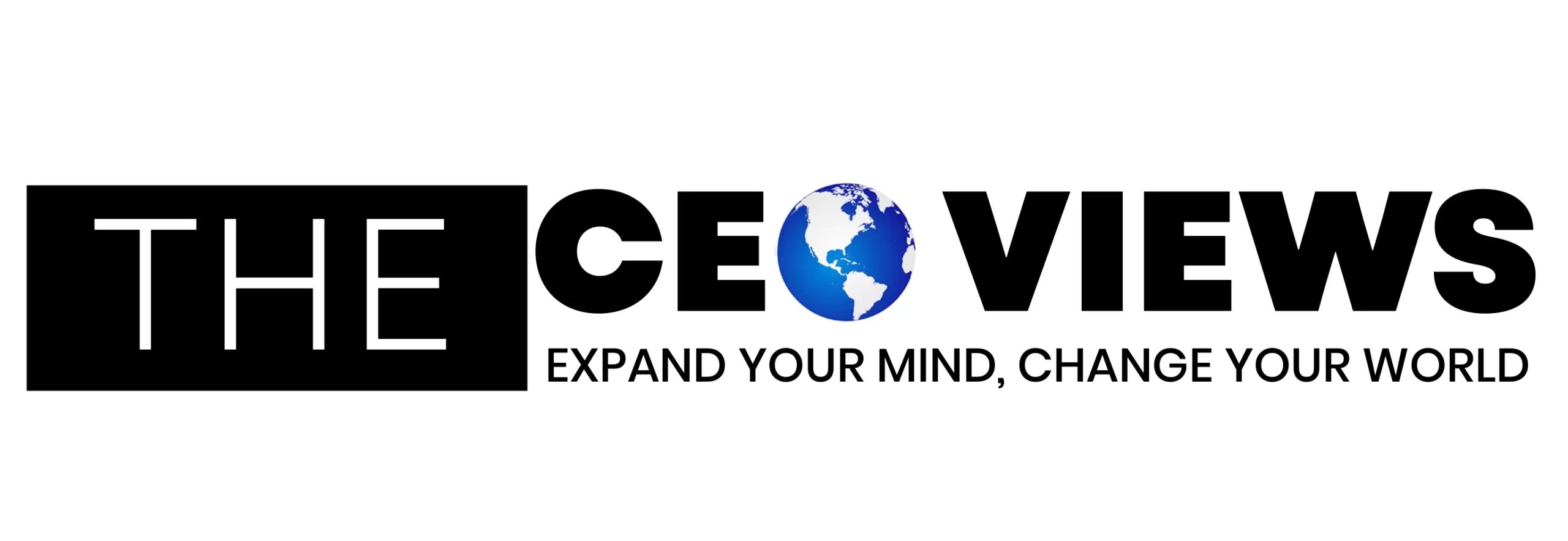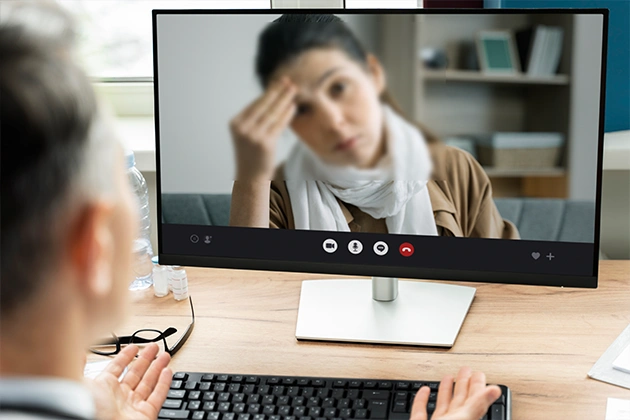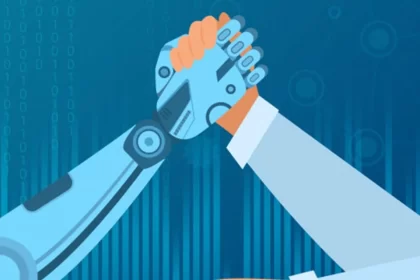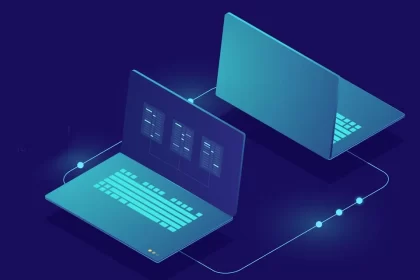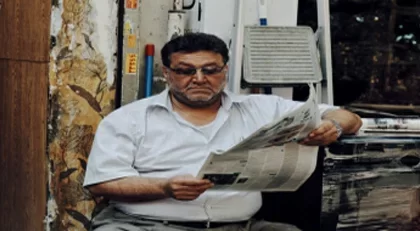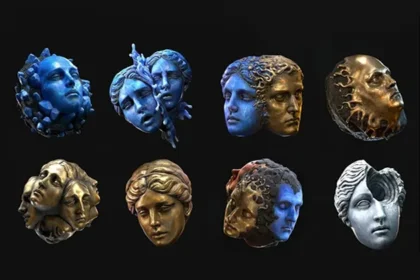Video has become one of the most powerful tools of our age. From security cameras to social media, from law enforcement body cams to classroom recordings, video allows us to capture events with a level of detail that text or audio alone can’t provide. But with that power comes responsibility. Privacy concerns are at the forefront of discussions about video usage, and one of the simplest yet most effective methods of protecting people’s identities is face blurring.
Blurring faces in videos ensures that sensitive details are hidden, protecting individuals while allowing footage to be shared, analyzed, or published responsibly. While the technology itself is straightforward, the range of use cases is vast. Below are eight practical examples of where and why face blurring plays a vital role today.
1. Law Enforcement and Criminal Investigations
Police departments handle hours of body-worn camera footage, CCTV, and dashcam recordings every single day. When this footage is prepared for evidence or made public, it’s often necessary to blur the faces of bystanders, victims, or undercover officers. This protects identities while maintaining transparency and accountability. Blurring ensures that personal privacy is respected without undermining the evidential value of the video.
2. Courtroom Evidence and Legal Proceedings
Video evidence is increasingly used in trials, but it often captures more than just the accused or the scene of a crime. Witnesses, minors, or unrelated individuals may appear in the frame. To prevent compromising the safety or privacy of these individuals, redaction through face blurring is essential. It allows courts to use video effectively while minimizing risks such as intimidation, misidentification, or violation of legal protections.
3. Schools and Educational Settings
Cameras in classrooms, hallways, or school events can help with safety monitoring or documentation, but they often capture children – arguably the most sensitive group when it comes to data protection. Parents and guardians may not consent to their children being identifiable in shared footage. Face blurring enables schools to record and share materials, whether for internal review or promotional purposes, without exposing minors to unnecessary risk.
4. Healthcare and Patient Privacy
Hospitals and clinics sometimes use video recordings for training, monitoring, or incident reviews. These recordings may inadvertently capture patients, visitors, or staff members. Given the strict regulations around healthcare privacy, such as HIPAA in the United States, it’s critical that individuals’ faces be blurred before these videos are shared or stored in training databases. This ensures medical confidentiality while allowing video to remain a useful tool.
5. Workplace Monitoring and Training
Many organizations use video in the workplace, whether for monitoring safety compliance, recording training sessions, or reviewing incidents. However, not every employee will have consented to having their face shared in public or corporate materials. Blurring provides a balance: companies can still use the footage to improve operations, investigate accidents, or develop training resources without exposing staff identities to unnecessary scrutiny.
6. Public Events and Crowds
Footage of large public gatherings – such as concerts, protests, or sporting events – often contains hundreds or even thousands of identifiable individuals. If that footage is later shared with the public or posted online, people in the crowd may not want their identities revealed. By blurring faces, organizations can document events without breaching the privacy of attendees. This is especially relevant when footage is used for news coverage, marketing, or archival purposes.
7. Social Media and Content Creation
For content creators, vloggers, and journalists, the challenge of protecting privacy is constant. Recording in public spaces often results in strangers appearing in the background. Sharing those videos without consent could lead to complaints or even legal trouble. Face blurring allows creators to focus on their story while avoiding the risk of exposing people who never agreed to be filmed. It’s also a way to ensure content complies with platform policies around privacy.
8. Research and Data Collection
Video plays a significant role in research across fields like sociology, behavioral science, and urban planning. But research footage often captures individuals going about their daily lives, which introduces ethical concerns. To preserve anonymity, researchers blur faces before publishing or sharing their findings. This practice safeguards participants while allowing the data to remain useful for academic or policy purposes.
Why Face Blurring Matters
In all these examples, the common thread is balancing the usefulness of video with the protection of personal identity. Technology has made it easier than ever to capture and distribute footage, but laws and ethical standards around privacy haven’t gone away – in fact, they’ve become stricter.
Face blurring provides a simple, effective solution that serves both sides:
- Protecting individuals from exposure, harassment, or legal risks.
- Preserving the integrity of the footage so it remains useful for its intended purpose.
- Ensuring compliance with laws like GDPR, HIPAA, or state-level privacy regulations.
Importantly, today’s AI-powered redaction tools mean that this process no longer requires frame-by-frame editing. Automated solutions such as Pimloc’s Secure Redact can detect and blur faces consistently across long recordings in minutes, saving both time and resources.
Final Thoughts
Blurring faces in videos is more than just a technical trick – it’s a necessity in our modern, video-driven world. From police investigations to everyday content creation, the ability to protect identities while still sharing information responsibly is what allows video to remain a trusted and powerful medium.
Whether it’s protecting a child’s privacy in a school recording, keeping employees anonymous in a workplace video, or shielding bystanders in law enforcement footage, face blurring is a vital step that ensures video can be used responsibly, ethically, and legally.
As video continues to grow as a tool for communication, evidence, and research, the importance of privacy safeguards like face blurring will only increase. It’s a reminder that while technology captures the world in detail, we still have control over how much of that detail should be seen.


